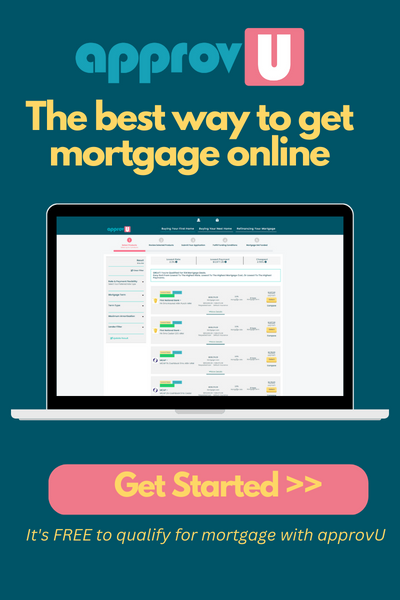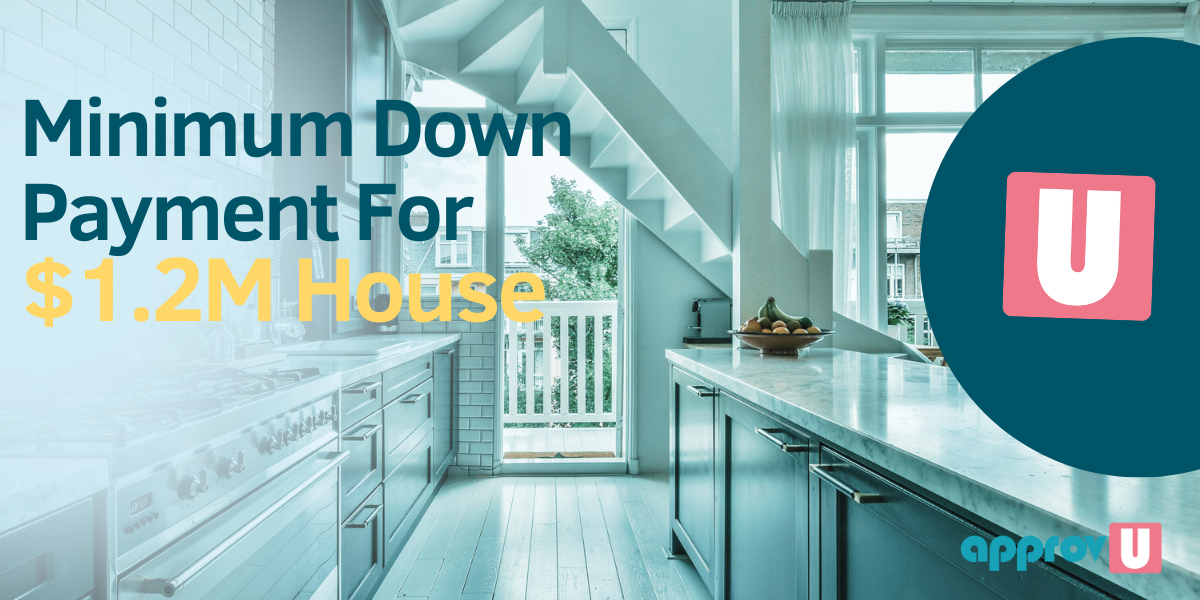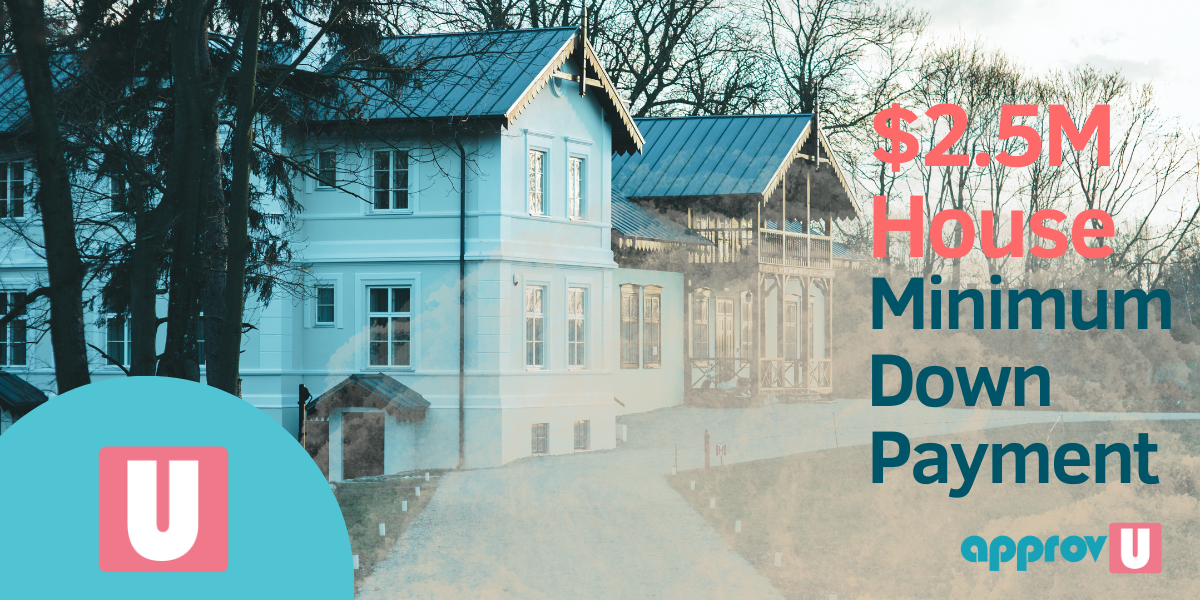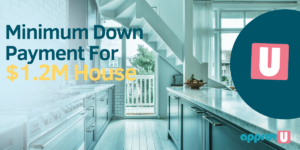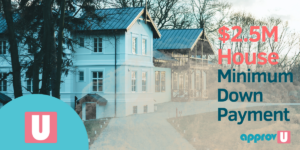Are you thinking of buying a house?
If so, you may have heard of something called mortgage default insurance.
This insurance is mandatory for homebuyers who make a down payment of less than 20% on their home purchase.
But what exactly is mortgage default insurance, and how does it work?
In this article, we’ll walk you through the ins and outs of mortgage default insurance in Canada.
You’ll learn how to calculate the cost of mortgage default insurance and what factors can impact your eligibility.
Whether you’re a first-time homebuyer or simply curious about the world of mortgage financing, we’re here to help you make sense of this important aspect of buying a home in Canada.
So, let’s dive in!
What is Mortgage Default Insurance?
Mortgage default insurance is a type of insurance that safeguards lenders from the risk of borrowers failing to make their mortgage payments.
Typically, it’s required when you, as a homebuyer, put down less than 20% of a property’s purchase price.
The Canada Mortgage and Housing Corporation (CMHC) is the main mortgage default insurance provider. Sagen and Canada Guaranty are two other private default insurance providers in the country.
The cost of your default insurance premium largely depends on the loan-to-value ratio of your mortgage, which is the loan amount expressed as a proportion of your home’s value.
If you end up defaulting on your mortgage payments and your property goes into foreclosure, the mortgage insurer will cover a portion of the outstanding mortgage balance for the lender.
This can help limit the losses the lender might otherwise experience due to the default.
By protecting lenders from potential losses, mortgage default insurance enables more people to qualify for mortgages and buy homes, even if they don’t have a substantial down payment saved up.
This helps aspiring homeowners achieve their dreams and promotes a stable, healthy housing market.
The Benefits of Mortgage Insurance
You might be wondering why anyone would want to pay for mortgage insurance. Well, there are actually quite a few benefits that come with it, not just for lenders but also for home buyers like yourself.
Let’s take a look at some of the key advantages:
Protection for Lenders
The most obvious benefit of mortgage insurance is that it protects lenders.
By covering their risk, mortgage insurance ensures lenders can recoup their losses if a borrower defaults.
This protection is especially important when lending to homebuyers with smaller down payments, as these mortgage types are generally considered riskier.
Lower Down Payment Requirements for Homebuyers
One of the biggest challenges when buying a home is saving up for a down payment.
With mortgage insurance, however, you can secure a mortgage with as little as 5% down. This makes homeownership more accessible to a wider range of people, including first-time homebuyers who may not have a large amount of savings.
Encouragement of Responsible Borrowing
Mortgage insurance helps promote responsible borrowing by ensuring homebuyers have a financial stake in their property.
Since you’ll be required to pay for mortgage insurance if your down payment is less than 20%, it encourages you to save up for a larger down payment to avoid the extra cost.
Support for the Housing Market
Mortgage insurance plays a critical role in supporting the Canadian housing market by making it easier for more people to qualify for mortgages and purchase homes.
This helps maintain a stable and healthy market and contributes to economic growth and job creation.
The Potential Long-term Costs of Mortgage Insurance
While mortgage insurance can help you secure a mortgage with a lower down payment, it’s essential to be aware of the potential long-term costs.
Paying mortgage insurance premiums over the life of your loan can add up, potentially costing you thousands of dollars.
Additionally, mortgage insurance doesn’t protect you, the borrower – it protects the lender.
You could still face significant financial consequences if you default on your mortgage.
How much does Mortgage Default Insurance cost?
While mortgage insurance certainly has benefits, it also comes with some costs you should be aware of.
The table below gives you a general idea of the premiums charged by the default insurance providers.
| Loan-to-Value Ratio | Standard Purchase Premium |
| Above 80% to 85% | 2.80% |
| Up to and including 90% | 3.10% |
| Up to and including 95% | 4.00% |
The premiums are based on the loan-to-value ratio of your mortgage, which is the loan amount as a proportion of the home’s value.
As the loan-to-value ratio increases, so does the premium rate since the risk for the lender is higher.
For example, if you purchase a home worth $500,000 and take out a mortgage for $450,000, the loan-to-value ratio would be 90% ($400,000 / $500,000).
And your default insurance premium before tax will be $13,950 (3.10 x $450,000).
General Factors Affecting Premiums
Several factors can influence the amount you’ll pay for mortgage insurance premiums, including:
– The size of your down payment
– The purchase price of the property
– The amortization period of your mortgage
– Your credit score
– The type of mortgage product you choose
Considering these factors when budgeting for your mortgage and evaluating your mortgage insurance options is important.
How to Get the Mortgage Default Insurance
Application Process
1. Choose a lender and mortgage product: Start by selecting a mortgage lender and a mortgage product that suits your needs.
2. Complete the mortgage application: Fill out your mortgage application, providing all necessary information and documentation. Your lender will review your application and determine if you qualify for the mortgage and whether mortgage insurance is required.
3. Obtain mortgage insurance approval: If mortgage insurance is required, your lender will submit your application to the chosen mortgage insurance provider, such as CMHC, Sagen or Canada Guaranty. The insurance provider will assess your application and decide whether to approve the insurance coverage.
4. Finalize your mortgage: Once your mortgage insurance is approved, your lender will finalize your mortgage and provide you with a mortgage commitment. Review the commitment carefully and understand the terms and conditions before signing.
Required Documentation to Get Mortgage Default Insurance
To obtain mortgage insurance, you’ll need to provide various documents, such as:
Proof of income: This can include pay stubs, tax returns, or a letter from your employer confirming your salary.
Proof of down payment: Provide documentation that shows the source of your down payment funds, such as bank statements or a gift letter from a family member.
Credit report: Your lender will typically request a credit report to assess your creditworthiness and determine your eligibility for mortgage insurance.
Property information: You’ll need to provide information about the property you plan to purchase, including the purchase agreement, property tax details, and a home appraisal or inspection report.
Common Mistakes and How to Avoid Them
When applying for mortgage insurance, keep an eye out for these common mistakes and take steps to avoid them:
Overlooking additional fees: Ask your lender or insurance provider about any additional fees, such as application or administrative fees, so you’re not caught off guard.
Failing to maintain a good credit score: A strong credit score can help you qualify for better mortgage insurance rates, so try to maintain or improve your credit before applying.
By following these guidelines, you’ll be well on your way to securing mortgage insurance and getting one step closer to homeownership.
Alternatives to Mortgage Insurance
While mortgage insurance can be a helpful tool for many homebuyers, it’s not the only option available. If you’re unsure about mortgage insurance or want to explore alternatives, consider the following:
Saving for a Larger Down Payment
One way to avoid mortgage insurance is to save up for a larger down payment, typically 20% or more of the property’s value.
This might require more time and discipline, but it can save you money in the long run by eliminating mortgage insurance premiums and potentially securing a lower interest rate on your mortgage.
Explore Government-backed Mortgage Programs
In some cases, you might be eligible for government-backed mortgage programs to help you buy a home without mortgage insurance or with reduced premiums.
For example, the First-Time Home Buyer Incentive allows eligible first-time homebuyers to receive a shared equity mortgage, which can help reduce the cost of your mortgage insurance.
Conclusion
As we wrap up our discussion on the ins and outs of default insurance on a mortgage, it’s important to remember that the decision to obtain it is highly personal and depends on your unique financial situation and goals.
By understanding the various types of mortgage insurance, their benefits and costs, and how to determine if it’s right for you, you’re now better equipped to navigate the Canadian housing market.
Key Takeaways
Here are some key takeaways to remember:
- Mortgage insurance protects lenders from the risk of borrower default, making it easier for homebuyers to secure a mortgage with a smaller down payment.
- Mortgage insurance can offer benefits such as lower down payment requirements and support for the housing market, but it also comes with costs like premiums and additional fees.
- Determining whether mortgage insurance is right for you involves assessing your financial situation, understanding your mortgage options, weighing the costs and benefits, and consulting with a mortgage professional.
- Alternatives to mortgage insurance include saving for a larger down payment and exploring government-backed mortgage programs.



